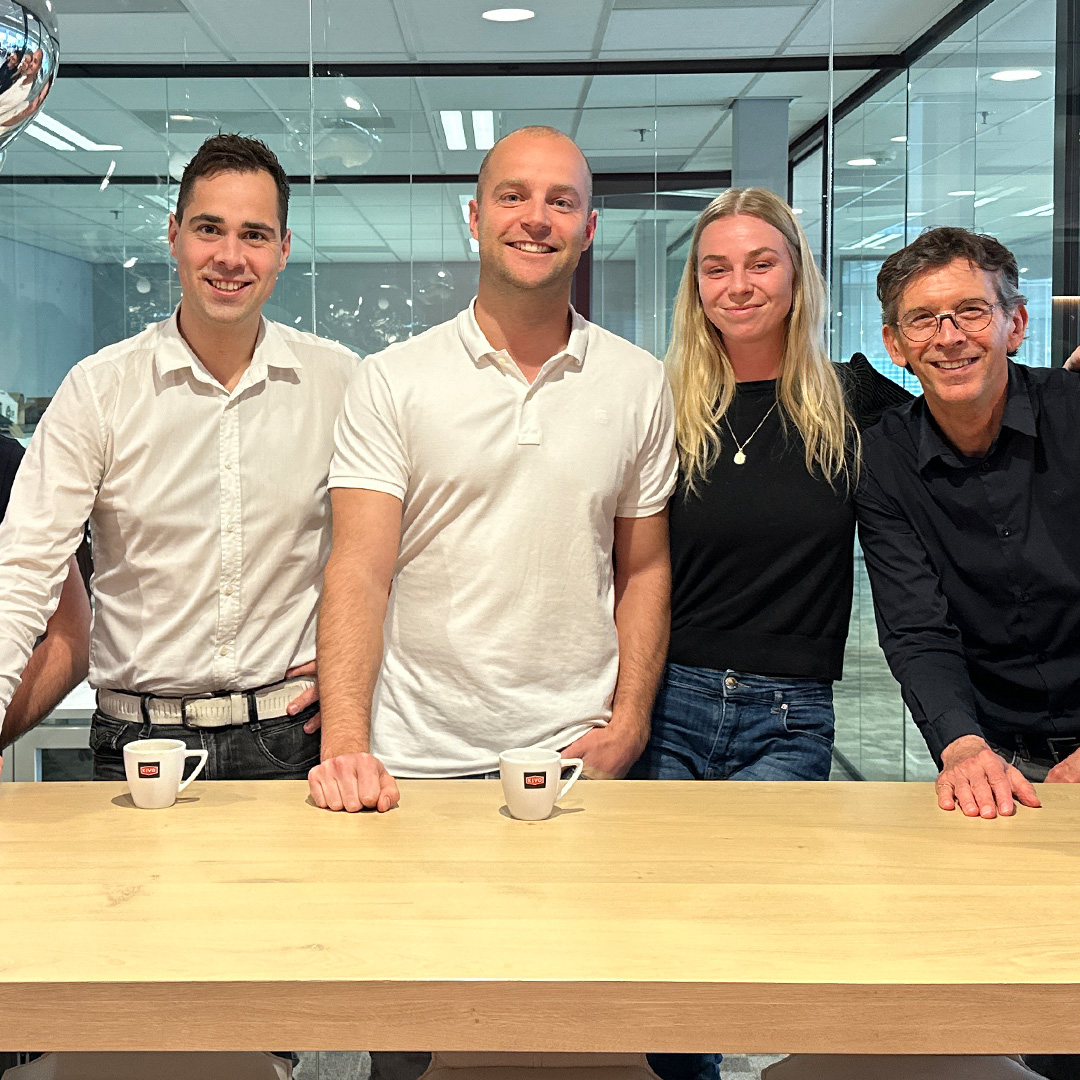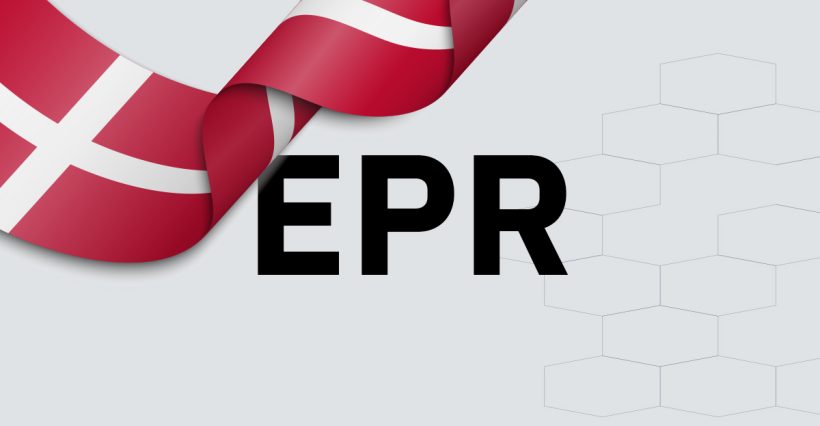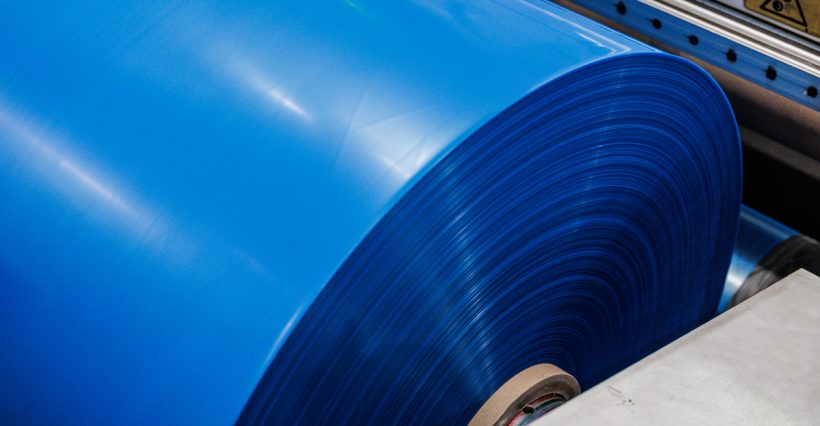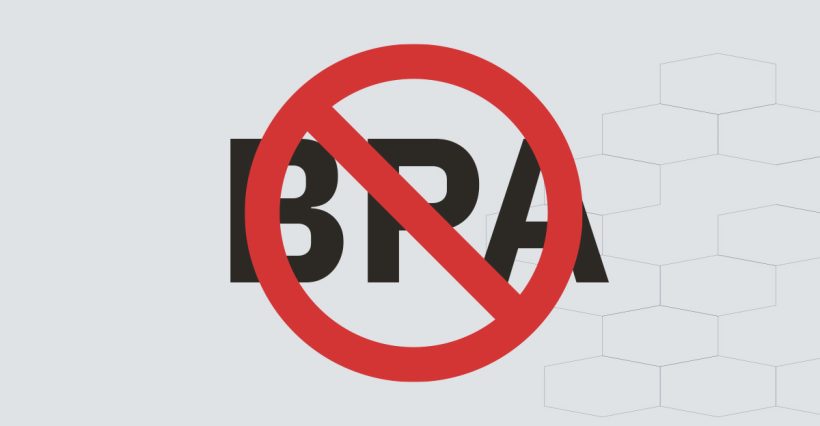Why this topic is important
The new Packaging and Packaging Waste Regulation (PPWR) introduces binding requirements for the recyclability of packaging in the EU from 2030. Article 6 of this regulation represents a substantial change for companies marketing packaging. For KIVO and its customers, this calls for a proactive approach in packaging design and material use to ensure future market access.
What does Article 6 of the PPWR prescribe?
From 1 January 2030 only packaging material classified as recyclable may be placed on the market. The requirements for this are:
- Packaging should be able to be collected, sorted and recycled effectively after use, without compromising other waste streams.
- The recycled material must be of a quality that can replace the use of primary material.
- From 2035, it is no longer enough for a package to be theoretically recyclable: it must actually be widely recycled in existing infrastructures.
Classification of recyclability (Grades A, B, C)
From 2030, a European classification system will be introduced for recyclability:
| Grade | Recyclability rate | Market placement allowed until |
|---|---|---|
| A | ≥ 95% | unlimited |
| B | ≥ 80% to < 95% | unlimited |
| C | ≥ 70% to < 80% | until the end of 2037 |
| < 70% | N/A | banned from 2030 |
| Packaging with a recyclability of less than 70% will no longer be allowed from 2030. Grade C will be phased out from 2038: from then on, all packaging must be at least Grade B.
The classification is provisionally based on the methodology of RecyClass, subject to changes by the European Commission.
Design for Recycling becomes mandatory
The PPWR requires manufacturers to design packaging according to the principles of Design for Recycling, including:
- Use of monomaterials rather than multimaterial combinations
- Exclusion of interfering elements such as certain barrier coatings, adhesives or inks
- Suitability for existing sorting and recycling systems
From 2029 compliance with these Design for Recycling guidelines becomes a legal requirement.
Financial incentives
From 2030, the level of packaging tax in EU member states (including the Netherlands) will be based on the recyclability grade. The better the recyclability, the lower the tax. This provides a direct financial advantage for packaging that meets higher recyclability standards.
What does this mean concretely for KIVO customers?
KIVO actively supports its customers in future-proofing packaging. Support includes the following activities:
- Analysis of the recyclability of the packaging as marketed by the customer. This is subject to the condition that the customer's supplied specifications are correct and representative of the final packaging.
- Classification based on the current RecyClass methodology. It may be adjusted by the European Commission in the future.
- Redesign and optimisation towards Grade B or A, including through monomaterials or elimination of interfering elements.
- Support in compiling the mandatory packaging dossier, including rationale for lower tax rates based on the technical design.
Ready for a quick scan?
Curious about the current recyclability grade of your packaging or how to improve it to meet Grade B or A? Contact us for a no-obligation analysis or consultation on PPWR compliance.



